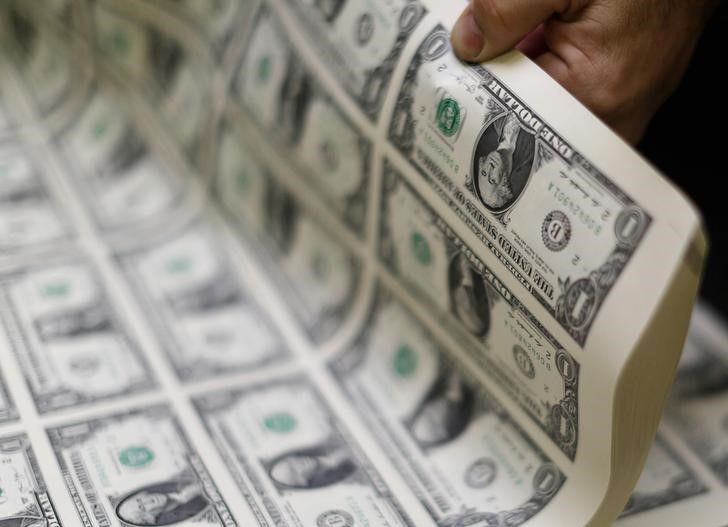Baidu Baidu prices CNY4.4 billion senior notes due 2029 at 1.90%
Investing.com-- Most Asian currencies moved little on Thursday as traders remained on edge over progress towards more trade deals with the United States, while weak economic prints from China and Australia also weighed.
The dollar steadied in regional trade with focus squarely on the progress of a sweeping tax and spending bill through Congress, with the House of Representatives set to vote on the bill in the coming hours.
The dollar also faces a major test from key upcoming payrolls data, which is now widely expected to factor into the Federal Reserve’s plans to cut interest rates.
Yuan flat after soft PMI; US seen relaxing some chip export controls on China
The Chinese yuan’s USDCNY pair was flat after a private purchasing managers index reading on the services sector read softer-than-expected for June, although it still grew for a thirtieth consecutive month.
The yuan also showed little reaction to statements from major chip design firms that the U.S. had relaxed some restrictions on sales to China, effective immediately.
The move marked an improvement in Sino-U.S. trade relations, and comes just weeks after the two agreed to a framework trade deal.
The Taiwan dollar’s USDTWD pair fell 0.3%, outpacing its Asian peers, given that U.S. chip controls against China also involve a slew of major Taiwanese chipmakers.
Dollar ticks higher with tax bill, nonfarm payrolls in focus
The dollar index and dollar index futures rose 0.1% each in Asian trade, although they remained close to an over three-year low hit earlier this week.
Focus was squarely on key nonfarm payrolls data for June, which is due later on Thursday, for more cues on the world’s largest economy.
The reading comes amid heightened speculation over interest rate cuts by the Fed, with any signs of an outsized cooling in the labor market expected to spur more easing. Trump also repeated his calls for lower interest rates this week, while attacking Fed Chair Jerome Powell.
Focus was also on the passage of a controversial tax and spending bill through Congress. The House of Representatives was last seen considering the bill for a vote, which Trump said could take place later in the day.
Concerns around the bill are largely tied to its potential impact on U.S. government debt and fiscal health. Fears of a rapid increase in debt had sparked a selldown in U.S. Treasuries, pressuring the dollar in recent weeks.
Broader Asian currencies moved in a flat-to-low range, amid continued focus on more trade deals with the U.S. before a July 9 deadline for Trump’s “liberation day” tariffs.
While the U.S. and Vietnam announced a trade deal on Wednesday, markets were awaiting trade deals with larger economies, such as India, and Japan. A host of recent reports showed Washington was still struggling to hash out trade deals with the two.
The Japanese yen’s USDJPY pair rose 0.1%, while the Indian rupee’s USDINR pair was flat.
The Australian dollar’s AUDUSD pair fell 0.2% after trade data for May read substantially weaker than expected, with exports falling sharply.
The Singapore dollar’s USDSGD pair rose slightly, while the South Korean won’s USDKRW pair added 0.3%.
